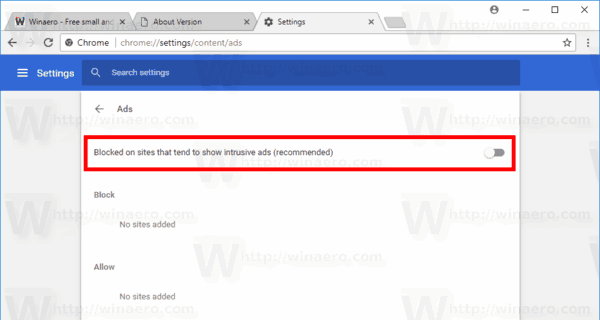


Many publishers have implemented “ad block walls”, which do not allow access to their content for users with an ad blocker installed. Worryingly for advertisers and publishers, the growth in mobile ad blocker usage has been very notable and that trend has been particularly marked in the Asia-Pacific region over the past 12 months.

There is a widespread acceptance that if advertisers can provide some value to consumers, the latter will be much more receptive to the messaging. Consumers have found these to be an easy and convenient solution, but this is not a permanent stance. Of course, this has led to huge growth in the adoption of ad blockers over the last few years. There were 5+ billion mutes from people using Google’s “mute this ad” feature in 2017.One-in-five Chrome feedback reports mentions annoying/unwanted ads.Axios revealed recently that Google has found two concerning trends when analyzing user behavior on Chrome: The survey results in the image above tally with the findings from Google’s own research. As people spend more time on mobile devices and advertisers invest more in video, that tension has only heightened. This has been driven by consumers, who are increasingly frustrated with ads that interrupt and distract them from the content they want to view. The integration of an ad blocker within Google Chrome is just a small part of a much bigger movement to improve the quality of online advertising, however.


 0 kommentar(er)
0 kommentar(er)
